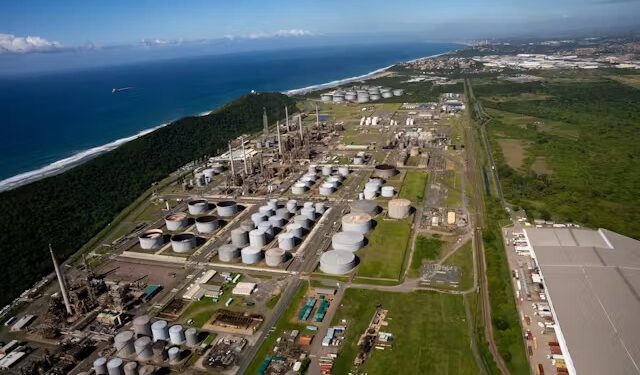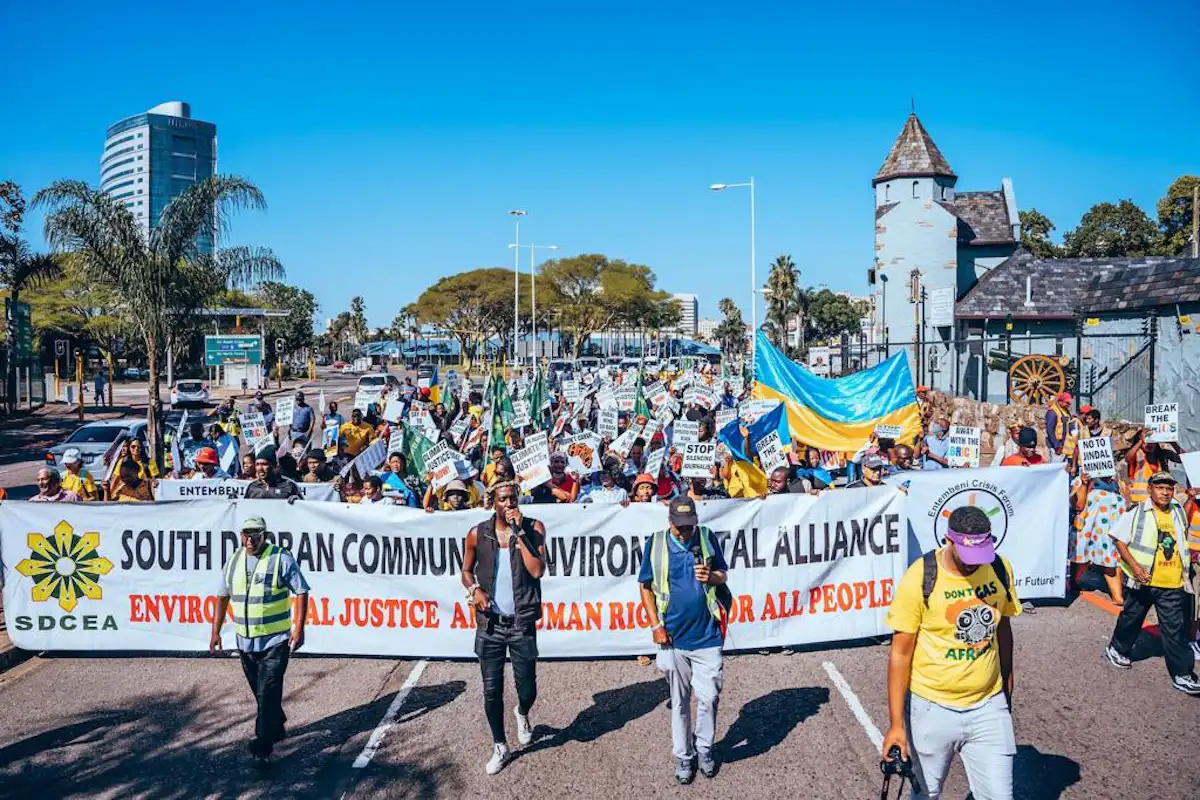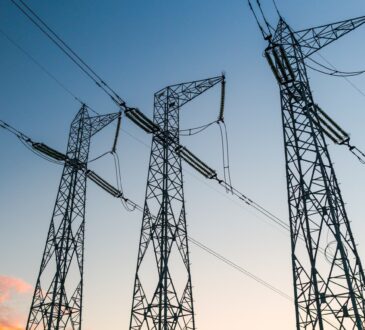
The sale of the South African Petroleum Refinery (Sapref), jointly owned by multinational energy companies BP and Shell, to the state-owned Central Energy Fund for R1 (five US cents) raises questions about whether the company is evading its social and environmental liabilities.
The Sapref refinery was commissioned (began operating) in 1964 in the port city of Durban. It contributed 35% of South Africa’s refinery capacity and refined 180,000 barrels of imported crude oil per day. It was South Africa’s biggest refinery, until it was temporarily closed in 2022 after floods damaged the plant. It never reopened.
It was built in the midst of several communities with a population today of approximately 285,000. For decades, it was at loggerheads with these communities over pollution, including oil pipeline leaks.
Selling the refinery to the South African government, instead of decommissioning it, suggests that Sapref will not be held accountable for historical environmental liabilities and social injustices. Decommissioning the refinery would have meant that Sapref was liable for the costs of restoring the site to its original state. Public money may have to be used to clean up and remediate the Sapref site in future. The sale price does not, of course, cover any of these costs.
The sale included land and assets like tanks and pipelines.
I am an environmental scientist who has researched the governance of industrial risk and pollution in South Durban, the location of the refinery. I believe that Sapref should have decommissioned its refinery properly in consultation with local communities.

What went wrong at the Sapref refinery
In March 2022, Sapref closed after severe floods washed hydrocarbons, the primary compound of petrol, out of the refinery and onto a nearby beach.
Sapref said the flood damage would take five years to repair. It said this would need large amounts of capital, without disclosing exactly how much money would be required.
The shutdown came after decades of pollution incidents and accidents by Sapref. The refinery is connected to underground pipelines which run through South Durban residential areas. In 2001, a Sapref petrol pipeline leaked over one million litres of petrol into the environment, groundwater and soil beneath residents’ houses. This leak led to the temporary relocation of seven families.
Other accidents and incidents included a fire and a spill of 1,000 litres of petrol into Durban Bay. A malfunction released five tonnes of hydrogen fluoride into the atmosphere. This is a poisonous chemical that could damage people’s lungs and hearts and even cause death.
In 2002, after fresh oil pipeline leaks, Sapref had to agree to demands from the South Durban Community Environmental Alliance for an independent review of the condition of the pipelines.
Sapref is among other industries in South Durban that have been linked to health problems in the surrounding communities. The asthma rates in South Durban are among the highest in South Africa and leukaemia is up to 24 times higher than the national average.
In 2017, the provincial government declared the area a pollution hot-spot in its Environment Outlook Report. Between 2010 and 2020, 61 serious pollution incidents and accidents in the area were documented, of which 48 emanated from Sapref and the rest from the neighbouring Engen refinery.
The law on decommissioning oil refineries
The Mineral and Petroleum Resources Development Act does not provide guidelines and directives on the issuance of closure certificates for refineries as it does for mining. But the National Environmental Management Act says in Section 28 that any person who has caused significant pollution or degradation of the environment has a duty to rectify it.
Both the South African constitution and the National Environment Act emphasise that environmental governance includes addressing community concerns about environmental risks and hazards, being transparent and managing environmental risks effectively.
New ownership is a risk to the Central Energy Fund
The mandate of the Central Energy Fund is to make sure that South Africa has a secure supply of energy. It can do this through exploration for energy sources and acquiring energy suppliers. But the 2022 flood damage to the Sapref refinery has not been repaired and the refinery is not in running condition. If the government’s Central Energy Fund restarts the refinery, it will cost large sums of public money to repair first.
The South African National Energy Association, whose members are energy company directors, government specialists and academics, provides guidance on energy matters. It also warned two years ago that the government should not buy the ageing refinery. The high costs needed to operate it, and the transition away from fossil fuels, outweighed the benefit of owning it and the refinery could be a burden on taxpayers within 10 years. The purchase would leave the government owning “a stranded asset”, the association’s director said.
My research has found that the government has neither the ability nor the technical skills to clean up industrial pollution. The close alliance between government and industry to promote economic development has overshadowed social and environmental protection. Thus, there is a history of weak and inadequate enforcement in South Durban, including a lack of political will to deal with industrial risks.
The Central Energy Fund might end up bearing the cleanup costs for the refinery’s past environmental damage while the industry escapes responsibility. A full environmental assessment still needs to be done to establish how much any cleanup would cost.
Next steps
Decommissioning oil refineries is an integral part of any country’s just energy transition and move towards green jobs. The Sapref refinery has already been sold, and there is no transparency about whether it will begin operating again, or be decommissioned. In my view, BP and Shell should still take responsibility for properly decommissioning the facility and rehabilitating the site. This would demonstrate good corporate social responsibility, goodwill to the surrounding communities, and accountability.
–theconversation.com







